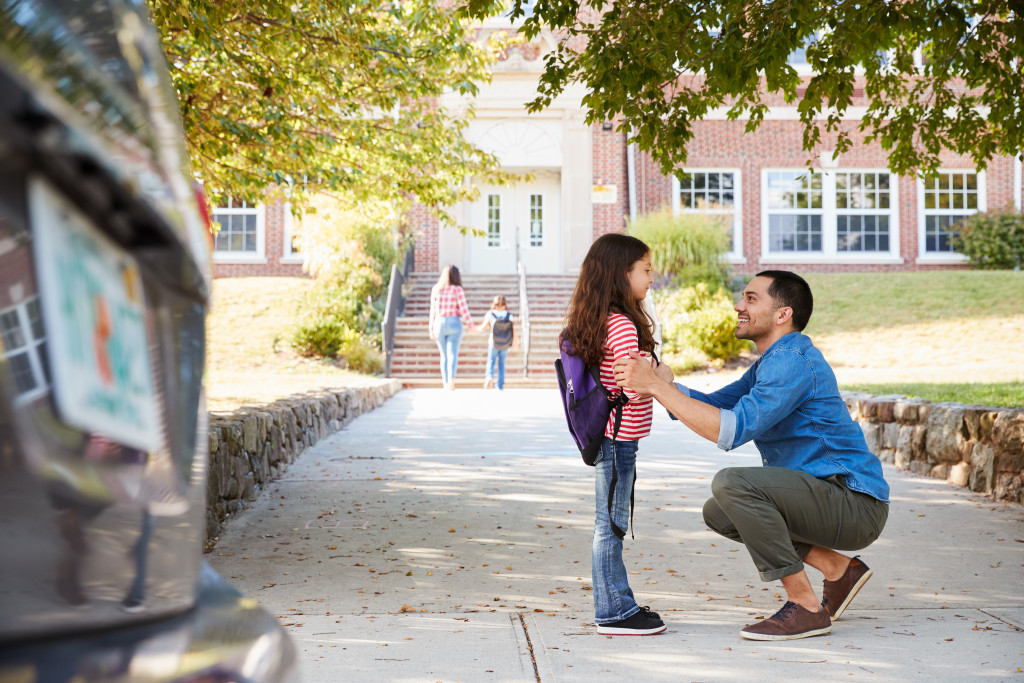Nobody likes attending a school that is dirty and unsafe. Unfortunately, this is often the case in schools that do not have a Cleaning and Safety Plan. This blog post will discuss how to create a Cleaning and Safety Plan for your school. We will also provide tips on keeping your school clean and safe for students.
The importance of cleanliness in schools
It’s no secret that schools can be breeding grounds for germs. With so many students in close quarters, it’s easy for illnesses to spread like wildfire. That’s why schools must place a high priority on cleanliness. Studies have shown that a clean environment can help reduce the spread of illness, which means fewer sick days for students and staff alike. Furthermore, a clean school can create a more positive learning environment. When students feel comfortable and respected in their surroundings, they’re more likely to perform to the best of their abilities. Ultimately, cleanliness is essential for maintaining a healthy and productive school community.
That said, learning facilities need to be not just clean but also safe. A safe school is one where students can focus on their studies without worrying about their personal safety. Many things contribute to a safe school environment. Still, some of the most important include security cameras, well-lit hallways and classrooms, and a comprehensive bullying prevention program.
Creating a Cleaning and Safety Plan
The first step in creating a safe and clean school environment is to develop a comprehensive Cleaning and Safety Plan. This document should outline the specific cleaning and safety procedures put in place. It should also identify who is responsible for each task and when and how often these tasks should be completed. Furthermore, the Plan should be reviewed regularly to ensure that it is up-to-date and effective. Some of the critical components of a Cleaning and Safety Plan include:
Cleaning procedures
 One of the critical components of a cleaning and safety plan is effective cleaning procedures. These should be designed to rid the school of any potentially harmful contaminants while being safe and gentle on surfaces.
One of the critical components of a cleaning and safety plan is effective cleaning procedures. These should be designed to rid the school of any potentially harmful contaminants while being safe and gentle on surfaces.
One way to ensure that your cleaning procedures are up to par is to partner with a roll-off bin service provider. They can help you develop a comprehensive cleaning plan covering all the bases, from deep cleans to daily maintenance. Plus, they can provide you with the roll-off bins you need to dispose of any hazardous waste safely and efficiently.
Emergency procedures
Schools need to have a plan to ensure students’ and staff’ safety in an emergency. The first step is to notify the authorities, then dispatch emergency responders to the scene. In the meantime, school personnel should evacuate the premises and move to a safe location. Once outside, students should be kept together in an open area away from the building.
If possible, they should be placed in groups according to grade level or class. Depending on the nature of the emergency, authorities may instruct the school to shelter in place or evacuate to a nearby location. Everyone must remain calm and follows instructions from school and emergency personnel in either case. By following these procedures, schools can help ensure the safety of everyone in the event of an emergency.
Safety procedures
While most schools are generally safe places, students, staff, and visitors need to be aware of basic safety procedures. For example, in the event of a fire, everyone should know the safest route to exit the building. If there is a severe weather event, such as a tornado, people should know where to take shelter. It’s also important to be aware of potential hazards inside the school, such as slippery floors or electrical wires. And of course, everyone should know how to contact emergency services if there is an accident or incident. By familiarizing themselves with these and other safety procedures, people can help to ensure that their school is a safe place for all.
A review schedule
Once you have developed your Cleaning and Safety Plan, it’s essential to put it into action. Below are some tips on implementing your plan and keeping your school clean and safe for students.
Cleaning Tips
- Clean from top to bottom. Start with surfaces that are high up, such as walls and ceilings, and then move on to lower surfaces like floors and desks.
- Use cleaning products that are safe for children and gentle on surfaces.
- Ensure that all classrooms and common areas are properly ventilated during and after cleaning.
Safety Tips
- In a fire, everyone should know the safest route to exit the building.
- If there is a severe weather event, such as a tornado, people should know where to take shelter.
- Be aware of potential hazards inside the school, such as slippery floors or electrical wires.
- Everyone should know how to contact emergency services if there is an accident or incident.
The bottom line
Schools are the second home to most students. That’s why it’s so important to keep them clean and safe. Develop a comprehensive Cleaning and Safety Plan that covers all the bases, from deep cleaning to daily maintenance. And don’t forget to review safety procedures with students, staff, and visitors regularly. By following these tips, you can help ensure that your school is a safe and healthy placefor everyone.

